What Are the Common Ovulation Signs and Symptoms?
Fertility Treatment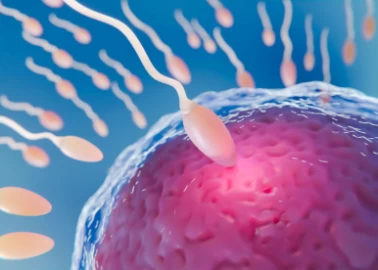
One of the common questions asked by women planning to get pregnant is how to know when they are ovulating or what are the ovulation symptoms. Measuring the signs of ovulation can help identify the best time to have sex to get pregnant.
Symptoms like increased vaginal discharge (cervical mucus), mild pelvic or abdominal pain (ovulation pain or mittelschmerz), and high libido indicate the ovarian follicle's rupture and the egg's release. Keep reading to learn ovulation symptoms and how to calculate the ovulation cycle.
What Does Happen During Ovulation?
Monthly ovulation is considered a sign of active ovaries in women. At least one egg is released from small sacs, called follicles, inside the ovaries during ovulation. The egg is then sent to the uterus to be fertilized.
During follicular development, not every follicle will be mature to release an egg and may die before this stage. Fertilization occurs when the mature eggs meet sperm after being released from the ovary and passing through the fallopian tubes. Ovulation symptoms are recognizable and can help determine the best time for fertilization and increase pregnancy chances.
After fertilization occurs in the fallopian tubes, the fertilized egg (embryo) will implant in the endometrium (the lining of the uterus) and continue to grow. Although, if there is no fertilization, the egg is expelled from the body as the endometrium is shed, and menstruation will begin.
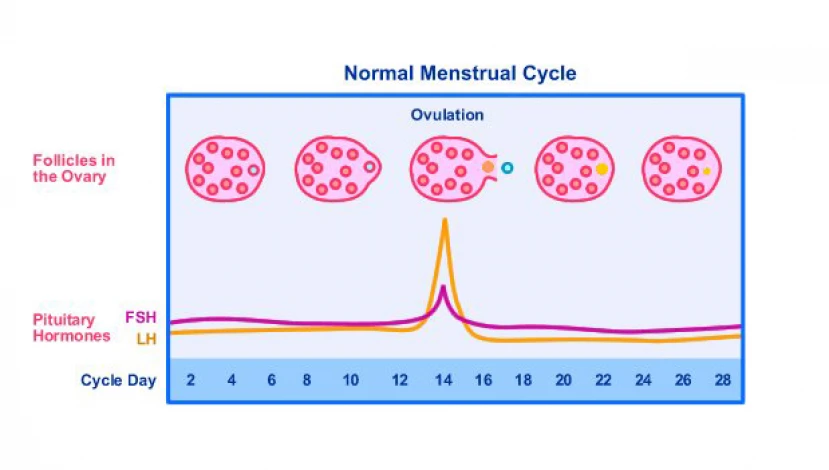
What Are the Ovulation Symptoms?
Knowing the ovulation signs can help women to predict their ovulation time and boost pregnancy.
Some of the ovulation symptoms are as follows:
- Mood swings: it is because of the high estrogen and progesterone levels;
- Increased basal body temperature: body temperature rises suddenly on the day of ovulation;
- Cervical mucus changes: Cervical mucus becomes clear and stretchy due to high estrogen levels;
- Changes in libido: Women's sex drive increases during ovulation;
- Light spotting and brown discharge: it is because of the rupturing of the follicle that surrounds the egg;
- Bloating and flatulence: it is because of the elevated estrogen levels and the accumulation of water in the body. However, if the bloating persists, it may indicate an ovarian cyst, endometriosis, or PCOS that will need a consultation with a doctor;
- More sensitive sense of smell: the sense of smell becomes more sensitive during ovulation;
- Breast pain and tenderness: feeling pain and tenderness in breasts during ovulation is due to the increase in hormone levels;
- Mild pelvic and lower abdominal pain (Mittelschmerz); this type of pain occurs on the side of the abdomen where the ovary is releasing the egg;
- Cervical changes: The cervix becomes higher, softer, and slightly open during ovulation.
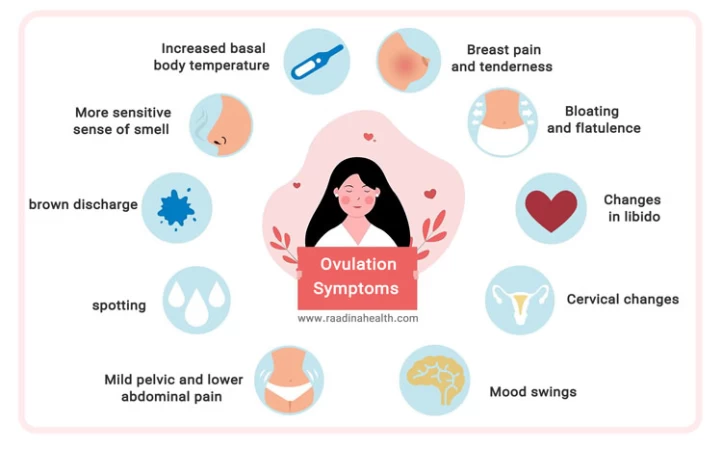
When Is the Ovulation Time?
Knowing the ovulation time can help couples plan for pregnancy. Therefore, they can have sex every other night during the ovulation cycle. Although ovulation doesn't always occur, or it can be irregular for some women, it is a common cause of female infertility.
How to Calculate Ovulation Time?
A menstrual cycle starts on the first day of the last period and ends on the first day of the next period. To calculate the ovulation day, the length of the menstrual cycle is halved; ovulation time is considered one day before and one day after this date. In other words, ovulation time is the three days at the midpoint of the menstrual cycle. In a normal 28-day menstrual cycle, ovulation occurs on day 14.
Before ovulation and during the follicular phase, an egg matures with the help of hormones. The egg is transferred to the uterus through the fallopian tube after ovulation and in the luteal phase. As the egg is released, the relative follicle turns into a corpus luteum and, while producing hormones, thickens the uterine lining.
The fertile time of the released egg will be only 24 hours, after which it will destroy. Without fertilization, the thickened endometrium collapses after 14 days, and the period begins. This process is regularly repeated every month from puberty till menopause.
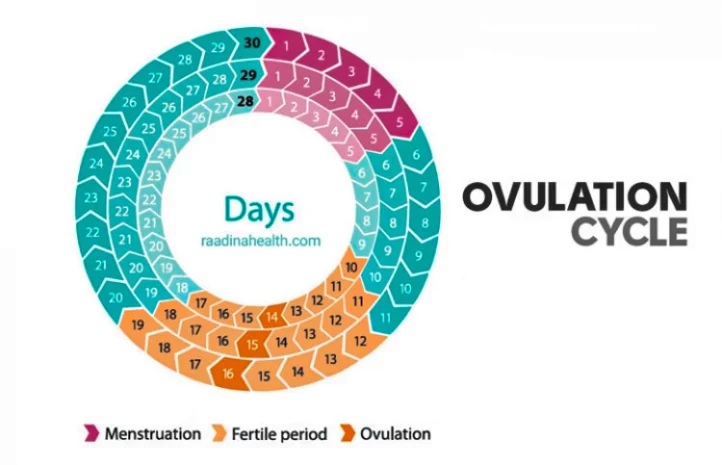
How Long Does Ovulation Last?
Ovulation lasts 12 to 48 hours. However, there is a chance of pregnancy in about a week and sometimes up to ten days. The reason is that the sperm can survive in the uterine tubes for up to 5 days. Therefore, it can be said that the next ovulation day depends on the next menstrual period and occurs approximately 14 days before its beginning.
Additionally, as women have different menstrual cycles, ovulation day will change in every person. For example, in a 26-day menstrual cycle, ovulation occurs on day 12. Since the midpoint of the menstrual cycle plays a key role in the fertilization process, the best time for having intercourse for women with a 31-day cycle (whose ovulation time is on day 17) is from day 14 to day 17.

What Are the Signs that Show Ovulation Being Over?
As women approach ovulation, their cervical mucus increases and becomes clear and slippery, like egg whites. Once the discharge decreases and becomes sticky again, ovulation is over.
How Many Days After Ovulation Can Pregnancy Occur?
Getting pregnant is possible 12 to 24 hours after ovulation because the released egg can only live for 24 hours in a woman's body.
When Is the Best Time to Get Pregnant during a Menstrual Cycle?
Knowing the approximate ovulation time makes it easy for couples to determine the best time for pregnancy. In a 28-day menstrual cycle, the highest and lowest chance of pregnancy can be as follows:
- Day 1-7 of the period: the lowest chance of pregnancy;
- Day 8 and 9 after a period: normal chance of pregnancy;
- Day 10- 14 or the ovulation period: the highest chance of pregnancy;
- Post-ovulation period on days 15-16: normal chance of pregnancy;
- Day 17- 28 (the period in which the uterus lining thickens): the lowest chance of pregnancy.

When Is the Right Time to Have Sex During Ovulation?
In an average 28-day menstrual cycle, ovulation usually takes place about 14 days before the start of the next menstrual cycle. This is the best time to have sex. Sperm can live inside a woman's reproductive system for less than 5 days. The chance of fertilization will be very high if you have sex 2 to 3 days before or after ovulation.
How to Choose the Sex of the Baby by Calculating Ovulation Time?
Determining the sex of the baby with 100% certainty is not possible. However, some approaches help increase the chances of conceiving a girl or boy.
For a woman with a regular period, having sex approximately 17 days before the next period increases the chance of having a baby girl. A proper diet containing lots of dairy products 3 months before the start of pregnancy helps to increase the chance of conceiving a girl. Also, acidifying the vagina before sexual intercourse with the help of vinegar and a needle-free syringe or consuming a lot of pickles, etc., causes the child to become a girl.
On the other hand, having sex on the exact time of ovulation will most likely result in a boy. The reason is that the high cervical elasticity at ovulation time and the alkaline and diluted cervical secretions facilitate the movement of sperm toward the Y chromosome (boy gene) towards the uterus. However, with 2 days between having sex and ovulation day, the chances of conceiving a boy will decrease, and the child will most likely be a girl.
Is Cervical Mucus an Indicator of Ovulation?
As mentioned, the change in cervical mucus (discharge) is one of the ovulation signs that help determine the approximate time of ovulation. Cervical mucus is a thick, sticky, odorless, and clear fluid that protects the vagina from infection.
The vaginal discharge looks thin, watery, and sticky like egg whites before the period. It will decrease and become thicker as menstruation approaches, although it is not the same for all women. Some women may experience white discharge a week before the start of their period, and others may have dry or low-humidity mucus 2 days before menstruation.
How Does Cervical Mucus Differ in Pregnancy and Ovulation?
Ovulation mucus is sticky, like egg whites. These creamy white discharges occur at the midpoint of the menstrual cycle and usually last 3-4 days. However, the discharge during pregnancy looks a little thinner, white, and more in quantity.
Furthermore, there may be light spotting and discharge before the period, indicating the success of the implantation process and the start of a pregnancy.
What Are Common Signs of Ovulation Issues?
The symptoms of anovulation or ovulation issues are as follows:
- Having irregular menstrual cycles that change every month;
- Having too short (less than 21 days) or too long (more than 35 days) periods;
- Having absent periods;
- Having an irregular body temperature during ovulation due to irregular sleep patterns, etc.;
- Having polycystic ovary syndrome (PCOS).
How to Calculate Ovulation Time in Women with Irregular Periods?
It is impossible to calculate the ovulation day in women with irregular periods. However, they can determine their ovulation time by checking the ovulation symptoms. Using ovulation kits can also help measure the ovulation day.
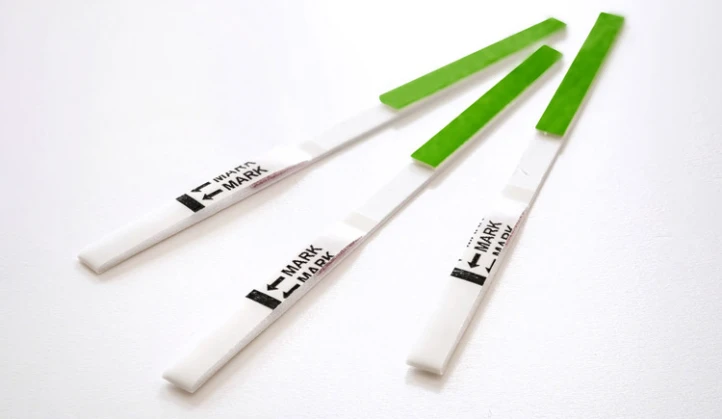
What to Eat to Ovulate?
A healthy and balanced diet plays a significant role in improving the quality of eggs and boosting ovulation. The best foods that make women fertile are as follows:
- Avocados: it is rich in healthy fats;
- Legumes like beans and lentils it is a source of iron and other minerals or vitamins needed by the body;
- Nuts and dried fruits: they are sources of vitamins, proteins, minerals, and antioxidants such as selenium;
- Sesame seeds includes zinc and saturated fats that are effective in egg health;
- Berries: they include strong antioxidants;
- Leafy vegetables such as kale and spinach are rich sources of iron, manganese, folic acid, vitamin A, and calcium;
- The maca root: it strengthens sperm and eggs, increases libido, and stabilizes the body's hormonal balance;
- Ginger: it has anti-inflammatory properties to improve blood circulation, digestion, menstrual cycles, genital organs, etc.
Ovulation and Multiple Pregnancy
Multiple pregnancies occur due to the release of more than one egg during the menstrual cycle. Non-identical or fraternal twins are created when two eggs are fertilized by two sperm. The fraternal twins do not have the same genetic makeup and are more likely different sexes.
The Bottom Line
Ovulation in women has some common characteristics, which can help determine the ovulation time more accurately. It also aids in taking effective measures to boost fertility.
Ovulation and menstruation naturally go together. However, sometimes, the period occurs without ovulation and vice versa. Also, factors like illness, stress, and changing lifestyle can affect this process.
Frequently Asked Questions about Ovulation Symptoms
How do I know when I'm ovulating?
Besides using a calendar or waiting for symptoms to occur, you can pay attention to signs of ovulation, such as cervical mucus changes, breast tenderness, mild cramping, light spotting or discharge, libido changes, and changes in the cervix.
Why do my breasts hurt and sore during ovulation
As women approach their ovulation, their body produces more estrogen to get ready for the chance of an egg being fertilized. The additional estrogen in the body, accompanied by other hormonal changes in the menstrual cycle, can cause breast tissue to become swollen, tender, or sore.
I have no ovulation symptoms. Am I pregnant?
It is impossible to determine pregnancy merely based on the absence of ovulation symptoms. While most women experience ovulation symptoms, such as mild cramping, breast tenderness, or changes in cervical mucus, some women do not experience these symptoms. Furthermore, ovulation symptoms can change from cycle to cycle; some women may not experience any symptoms during certain cycles. Confirming it by taking a pregnancy test to know you are pregnant is better.
How long does ovulation last?
Ovulation usually lasts 24 to 48 hours, when a mature egg is released from the ovary and goes down the fallopian tube. Although, ovulation time can vary from person to person and cycle to cycle. Factors like stress, illness, or certain medications can affect the timing of ovulation.
Can ovulation symptoms be used to predict fertility?
While ovulation symptoms can be a helpful clue that ovulation is happening, they are not always a reliable indicator of fertility. Women trying to get pregnant can use other methods, such as tracking their basal body temperature or ovulation predictor kits.
When does ovulation start?
Ovulation usually starts about 14 days before your next period, but the exact day can vary depending on the length and regularity of your menstrual cycle.
When does a girl ovulate?
A girl typically ovulates once in each menstrual cycle, usually around the midpoint. For a standard 28-day cycle, ovulation often happens between day 13 and day 15.
How many days does ovulation last?
Ovulation itself lasts 12 to 24 hours, but the fertile window—when pregnancy is most likely—lasts up to 5–6 days, including the days before ovulation.
 WhatsApp
WhatsApp
 Telegram
Telegram
 Facebook
Facebook
 Email
Email




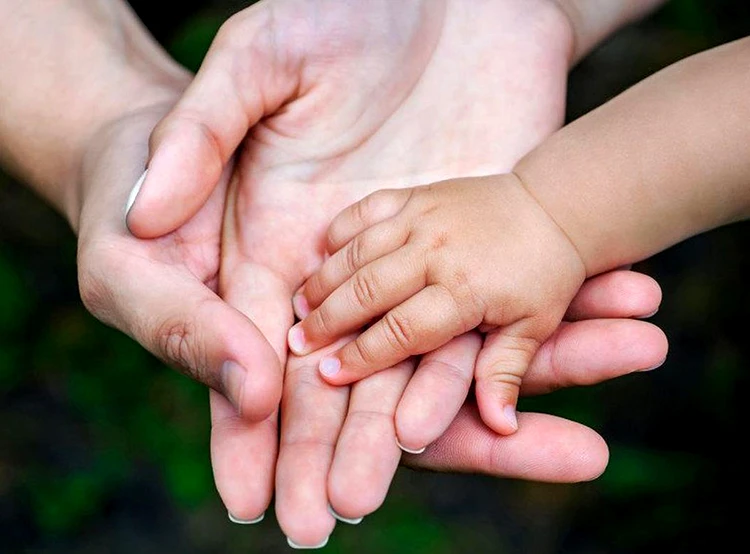
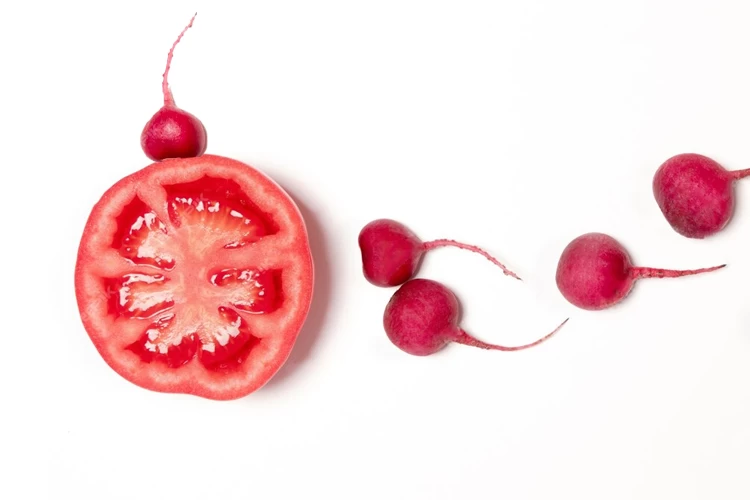
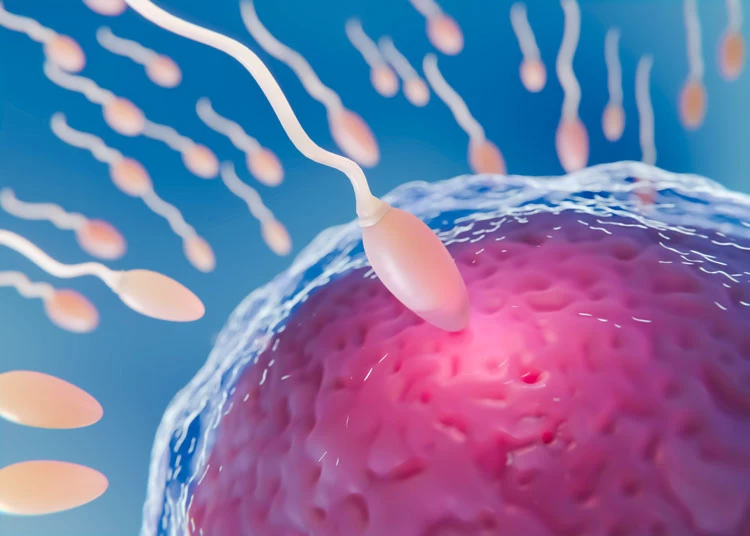
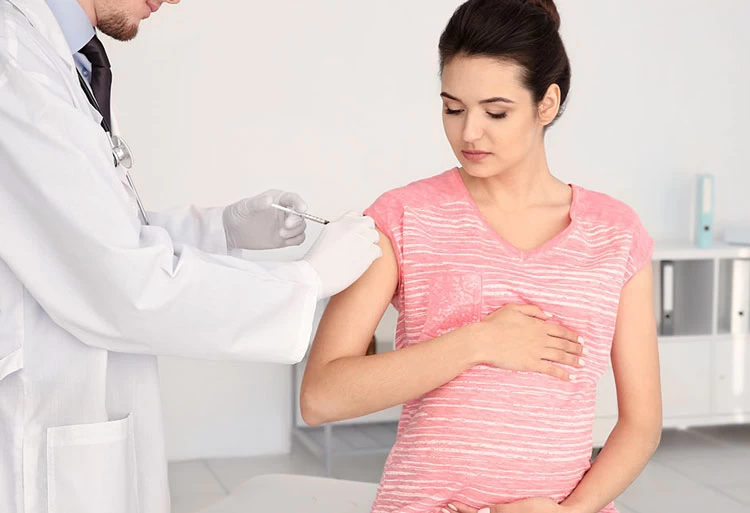

No reviews
Your comment